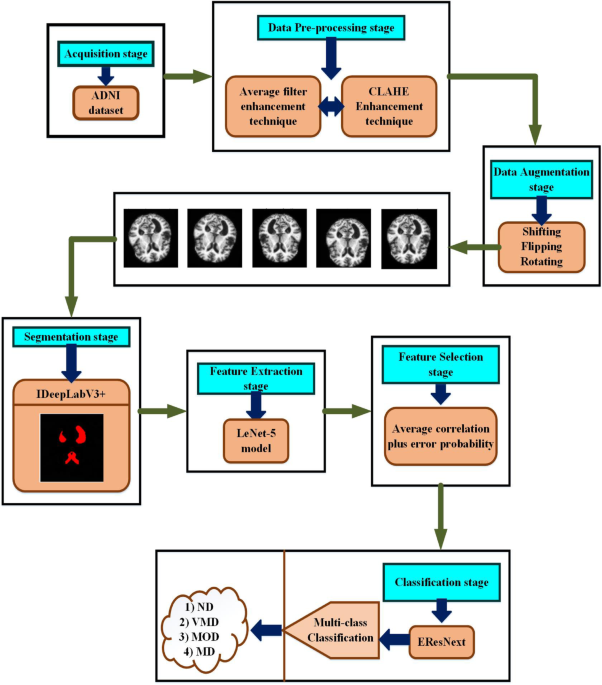The dual edge of Agentic AI
For years, the financial services sector has relied on classical Artificial Intelligence (AI) for tasks like loan default prediction and customer segmentation, enhancing efficiency through traditional algorithms. Then came Generative AI (GenAI), driving real-world adoption of large language models (LLMs) and unlocking new possibilities across customer engagement, operations, and risk assessment.

Now, the spotlight is on Agentic AI—more advanced GenAI tools. These intelligent systems go beyond analysis, acting autonomously on behalf of individuals and organisations to manage complex tasks, make decisions, and solve problems. From customer service and risk management to personalised banking, credit scoring, and automated trading, Agentic AI is set to rapidly transform the landscape, operating with increasing independence and precision.
To visualise the true potential of AI agents, one needs to think of GenAI beyond the baseline ChatGPT-style chatbots. GenAI, powered by Agentic AI, is like an intelligent genie that can sit inside the software system of banks and orchestrate end-to-end processes of business value that ideally a human expert would perform. However, Agentic AI allows advanced speeds, greater scale, and a much lower cost.
For example, imagine a bank being able to dynamically converse with a customer who has questions about a loan. The GenAI voice agent can intelligently converse by first authenticating the customer’s identity and then connecting with internal ERP systems to extract factual data, such as exact EMI amounts or due-by dates. Properly trained AI agents can even decide the course of action in some cases and implement them without the need to escalate the issue to a human supervisor. This kind of automated case handling can reduce delinquencies.
In banking, similar applications could be useful in other functions as well, such as regulatory compliance. Agentic AI can enable querying of a knowledge base that contains thousands of RBI circulars, to understand the regulatory guidelines regarding different bank functions and answer user queries. Currently, these questions often end up queued for days with compliance team members due to human bandwidth limitations.
Functions like human resources, learning, and development could also use AI agents to convert large training documents into engaging videos within a few minutes. Content generation for marketing functions could be more tailored based on the target audience.
In fact, Indian startups are already leading the charge in launching Indic LLMs that support multiple Indian languages, making it easier to release GenAI applications with multilingual support. Beyond enterprises and startups, the Indian government itself is innovating with the launch of the Bhashini API (for multilingual translations), Anuvadini (an image generator with Indian training data), and even a comprehensive National AI policy with a large investment budget to launch a public GPU cloud to promote GenAI usage.

While there are myriad applications possible of GenAI in financial services, Indian banks are at present cautiously optimistic. Most banks have identified internal use cases and are in the process of formulating a responsible AI policy for deployment.
While some banks and NBFCs have successfully run AI pilots, the rapid evolution of GenAI is seeing new LLMs frequently outperform earlier benchmarks, handling multimodal data. Companies’ technology choices can become obsolete quickly. Solutions include adopting Agentic AI systems within modular architectures for autonomous model integration, continuous monitoring, ecosystem partnerships, and agile governance.
Depending on various tasks and use-case scenarios, both Agentic AI and classical AI will have their own place within the enterprise framework. Upskilling teams and structuring evaluations of use cases ensure investments remain adaptive and impactful despite shifting LLM landscapes.
GenAI could add $80 billion to India's financial services’ GVA by 2030, significantly boosting revenue, cost savings, and productivity. The potential is high, however, it is prudent for banking and financial systems to approach GenAI adoption cautiously. The risks, including AI-generated inaccuracies and high implementation costs, necessitate careful planning.
The country is taking proactive steps, such as establishing the AI4Bharat Centre and implementing the government's AI policy, which aim to foster innovation while ensuring robust regulation and ethical standards. These measures create a framework for the responsible use of GenAI, maximising its benefits while mitigating risks.
Within the next two years, we will likely interact with advanced GenAI in our digital transactions. Building on the success of digital payments and the JAM stack (Jan-Dhan, Aadhaar, Mobile), India is well-positioned to lead in GenAI adoption, balancing innovation with responsibility.
This article is authored by Pratik Shah, financial services leader and Rohit Pandharkar, technology consulting partner, EY India.











